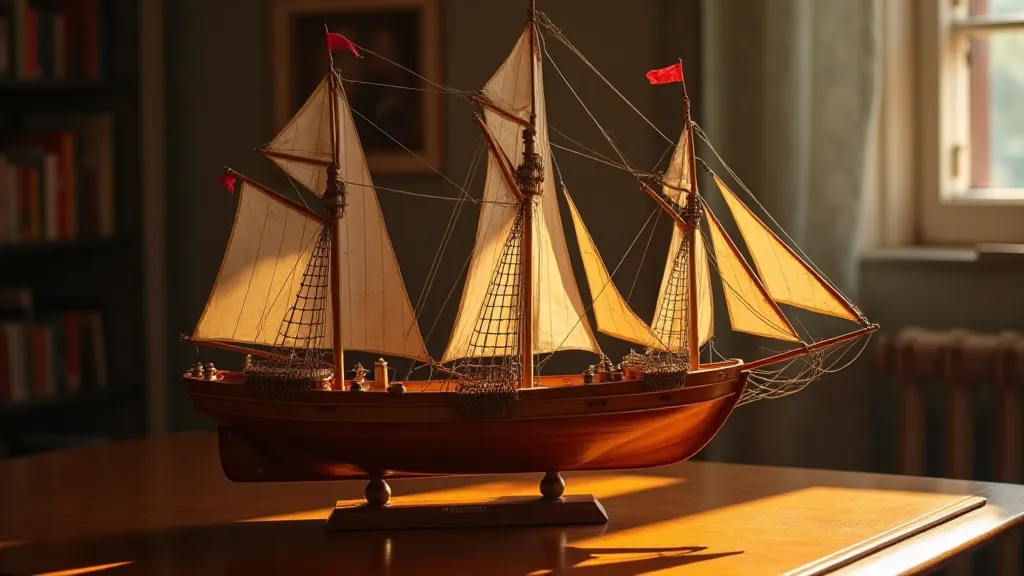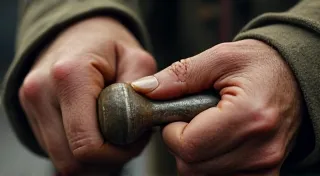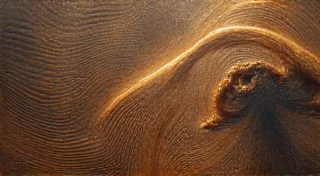Shadows on the Keel: Facing Imperfection in the Build
The scent of aged wood and linseed oil. The quiet rasp of a plane against timber. These are the familiar comforts of a ship modeler’s workshop, a sanctuary where history isn't just read, but rebuilt, plank by plank. For many of us, it’s more than just a hobby; it’s a connection to the men and women who sailed these vessels, a tangible link to eras long past. We strive for accuracy, poring over plans and researching every detail, believing that replicating a historical ship is an act of reverence. But what happens when the timber splits? When the plank doesn’t quite fit? When a seemingly minor error threatens to derail the entire project?
It’s in those moments, in the face of imperfection, that the true essence of model ship building—and indeed, the truest appreciation of history itself—is revealed.
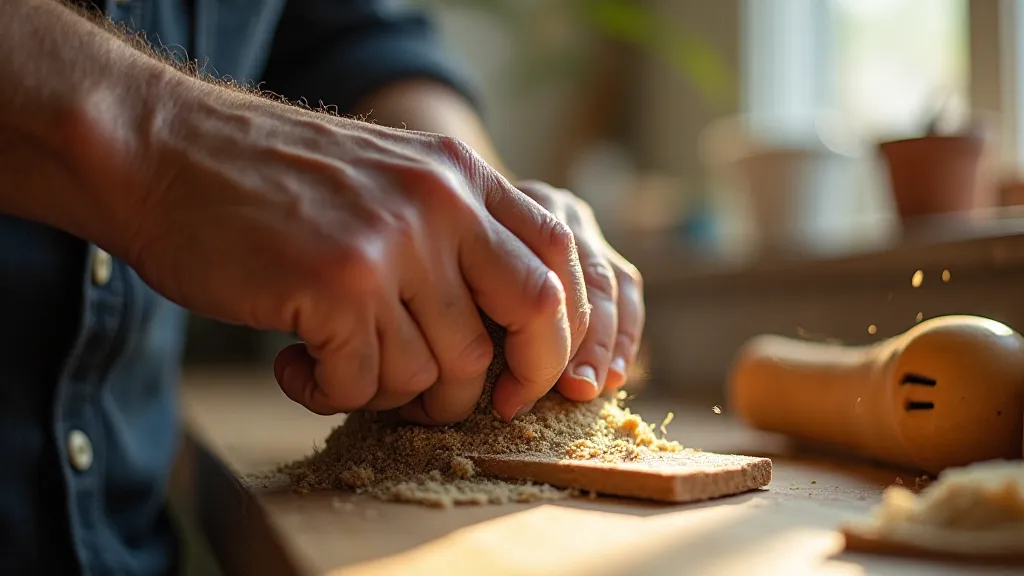
The Weight of History and the Fragility of Wood
Consider antique accordions. Each one is a testament to craftsmanship, a marvel of engineering. Yet, they bear the marks of time; cracked bellows, chipped keys, slight warps in the wood. These aren’t flaws to be hidden; they are the story of the instrument, of the hands that played it, the songs it breathed out. A perfectly restored accordion, stripped of its history, would be a beautiful object, perhaps, but it would lack soul. Similarly, in model ship building, the pursuit of absolute perfection can paradoxically diminish the piece’s character.
The wood itself is a significant factor. We work with timbers that have, in many cases, already weathered and matured. They hold the echoes of forests long gone, the imprint of the seasons they endured. Trying to force a stubborn piece into place, bending it to a rigid expectation, can lead to breakage. The grain might run unexpectedly, knots might appear in unforeseen locations. These aren't failures; they’re challenges that demand ingenuity and adaptation. They’ve compelled me, on more than one occasion, to completely rethink a section of the hull, and the results have invariably been more interesting than my original, inflexible plan.
More Than Just Accuracy: The Art of Adaptation
I recall building a model of the Martha, a Bristol Merchant Brigantine of 1775. The plans, while generally accurate, lacked detail in the stern windows. Frustrated, I meticulously replicated what I *thought* they should look like, only to discover, through later research, that my interpretation was likely incorrect. I had invested considerable time and effort, and the thought of undoing my work felt devastating. But then I realized something profound. My initial interpretation, while inaccurate according to the latest historical data, wasn’t entirely wrong. It reflected the contemporary artistic interpretations of the time, the way shipbuilders might have imagined the details even if they weren't explicitly documented.
I ultimately decided to leave my interpretation visible, albeit subtly altered to reflect the newly discovered details. It served as a reminder that historical accuracy isn’t always a binary choice. It's a layered process of interpretation, adaptation, and ultimately, a conversation with the past.
Embracing the "Shadows"
Those imperfections—the slightly uneven plank, the misplaced rivet, the subtle warp in the wood—they are the "shadows on the keel." They are the evidence of human hands at work, of a process that is both creative and challenging. They speak to the reality of shipbuilding in a time when materials were imperfect, tools were rudimentary, and every success was hard-won. To erase these shadows is to deny the very essence of the endeavor.
Think about the ships themselves. They weren't built to be flawless museum pieces. They were working vessels, subjected to the relentless forces of wind and sea. They bore the scars of storms, the marks of countless repairs. Those imperfections weren't failures; they were signs of resilience, testaments to the skill and ingenuity of the shipwrights who kept them afloat. Our models, in a small way, can echo that same spirit.
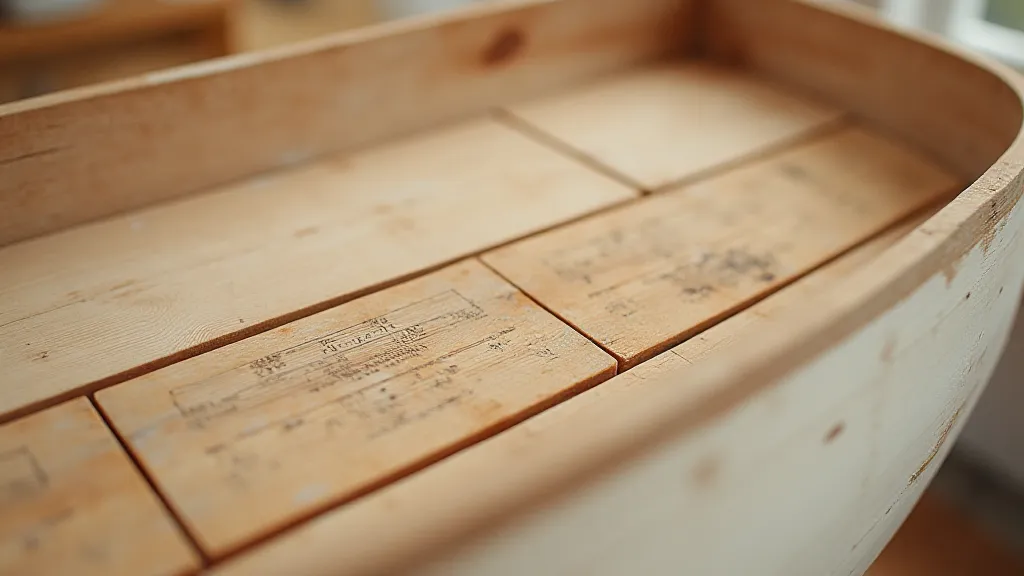
A Deeper Appreciation
Recognizing and accepting these imperfections cultivates a deeper appreciation for the craft, for the historical context, and for the human element in every endeavor. It encourages innovation and problem-solving. It shifts the focus from rigid adherence to plans to a more holistic understanding of the shipbuilding process.
Consider collecting. A pristine, untouched antique accordion might be valuable, but it's the slightly battered, well-loved instrument, bearing the marks of its history, that truly captivates the heart. Similarly, a model ship, perfect in every detail, can be impressive, but it's the piece with a few subtle imperfections—a slightly misaligned rail, a subtly uneven plank—that whispers stories of its creation, that invites closer inspection, that feels, somehow, more real.
The Legacy of Imperfection
So, the next time you encounter a split timber, a stubbornly resistant plank, or a seemingly insurmountable challenge in your model ship building project, don't despair. Embrace it. See it not as a failure, but as an opportunity – an opportunity to learn, to adapt, and to infuse your creation with a unique character and a profound connection to the past. Let those “shadows on the keel” tell their own story, adding depth and authenticity to your masterpiece.
Because in the end, it’s not about building a perfect replica. It’s about honoring the spirit of those who came before, about celebrating the art of craftsmanship, and about finding beauty in the imperfect, enduring legacy of human endeavor.
